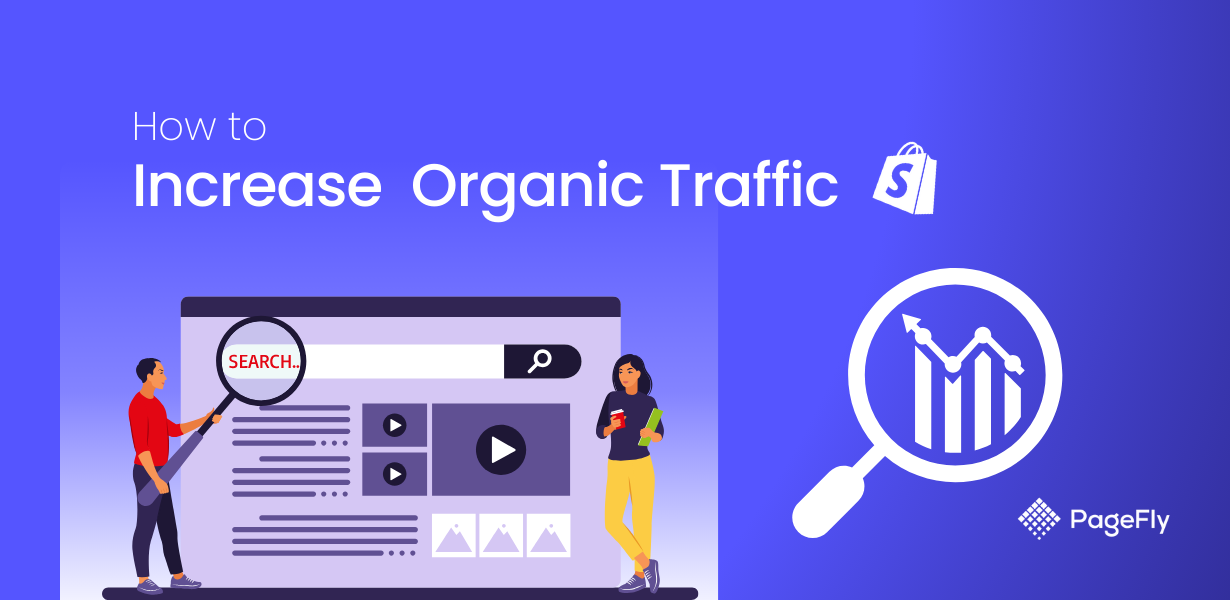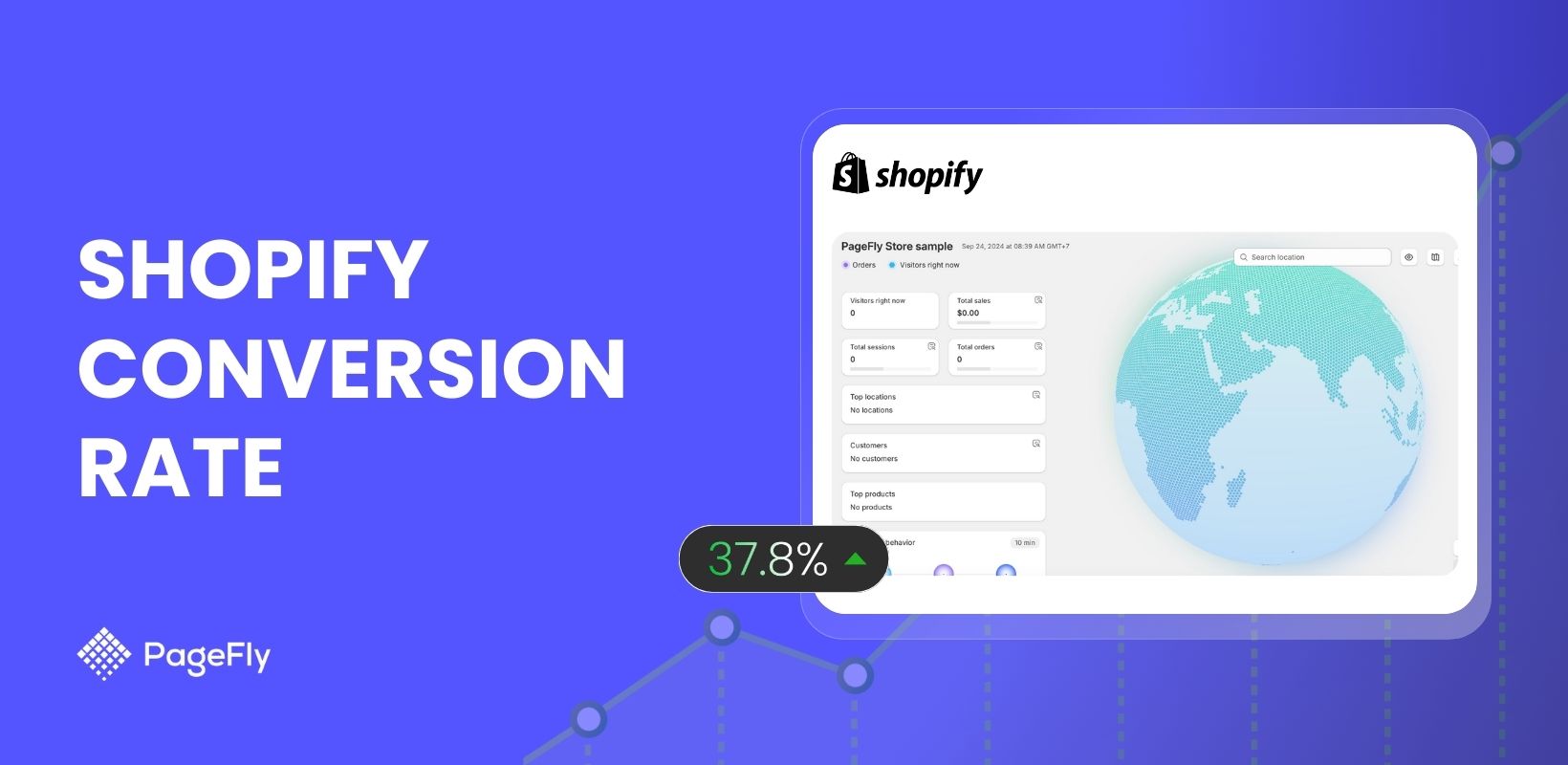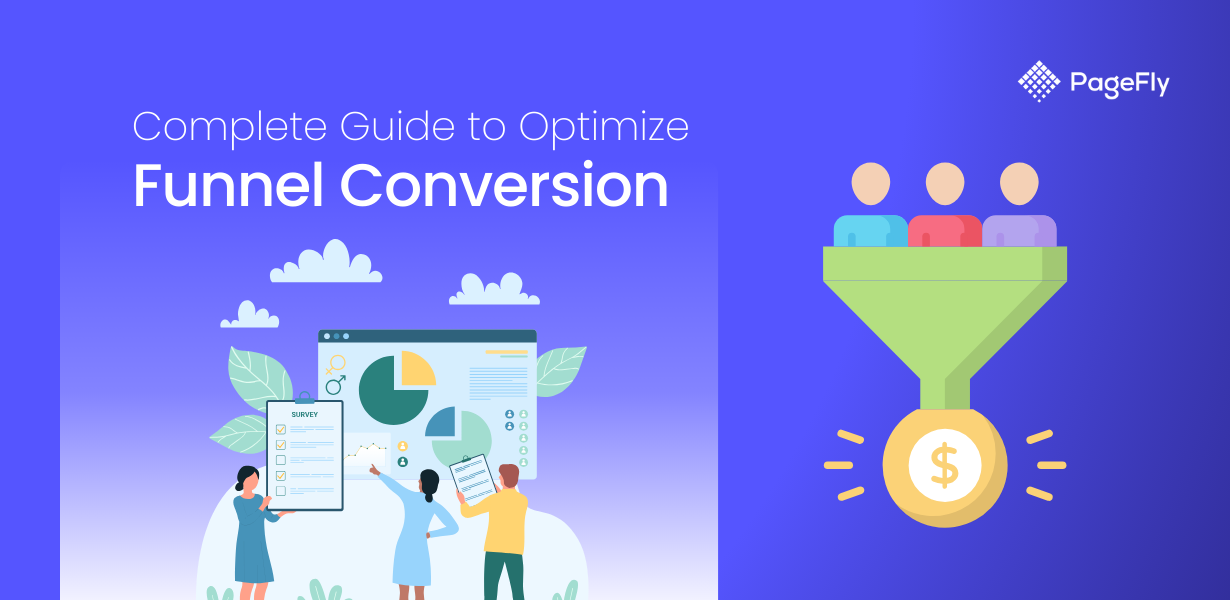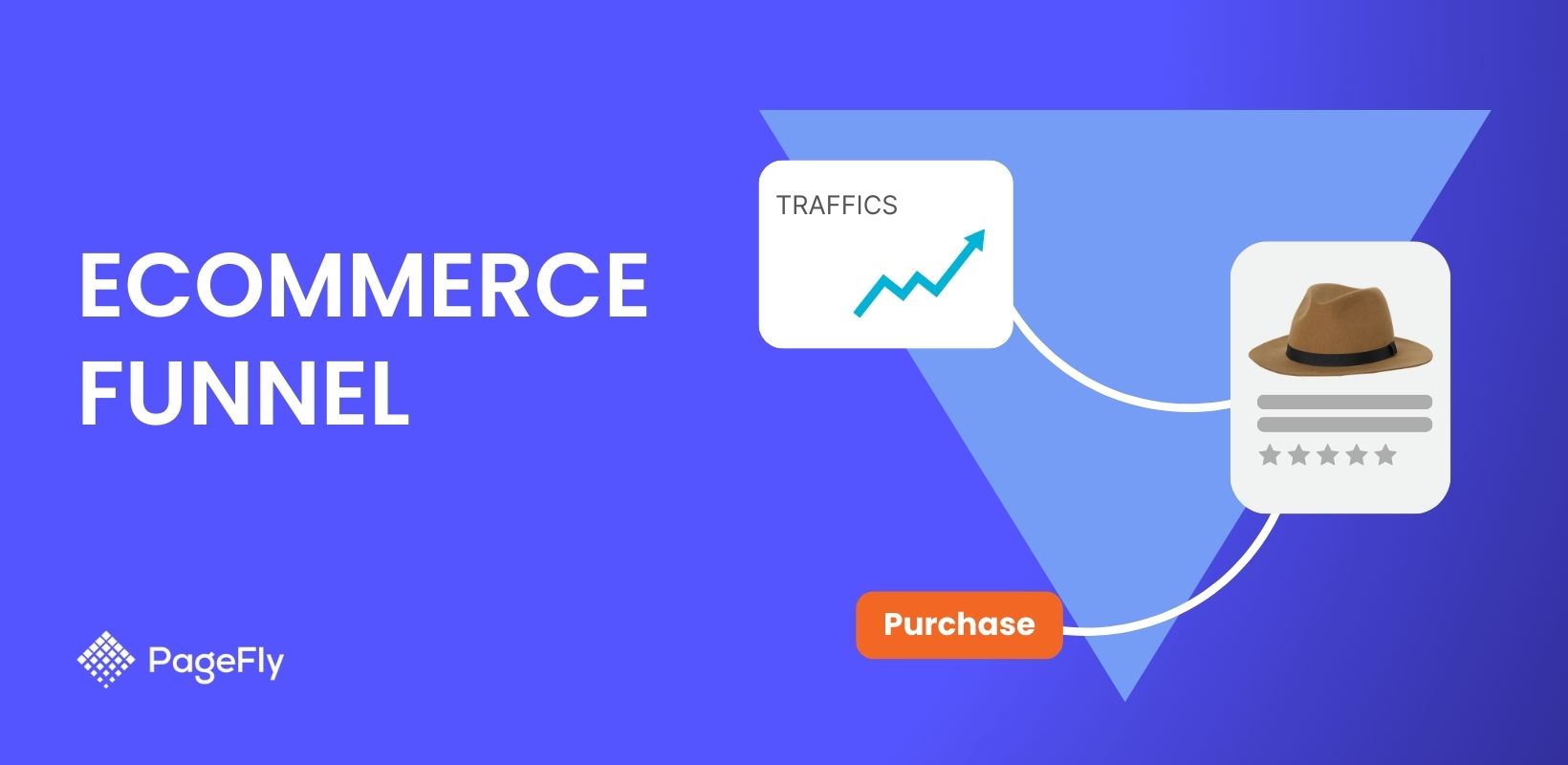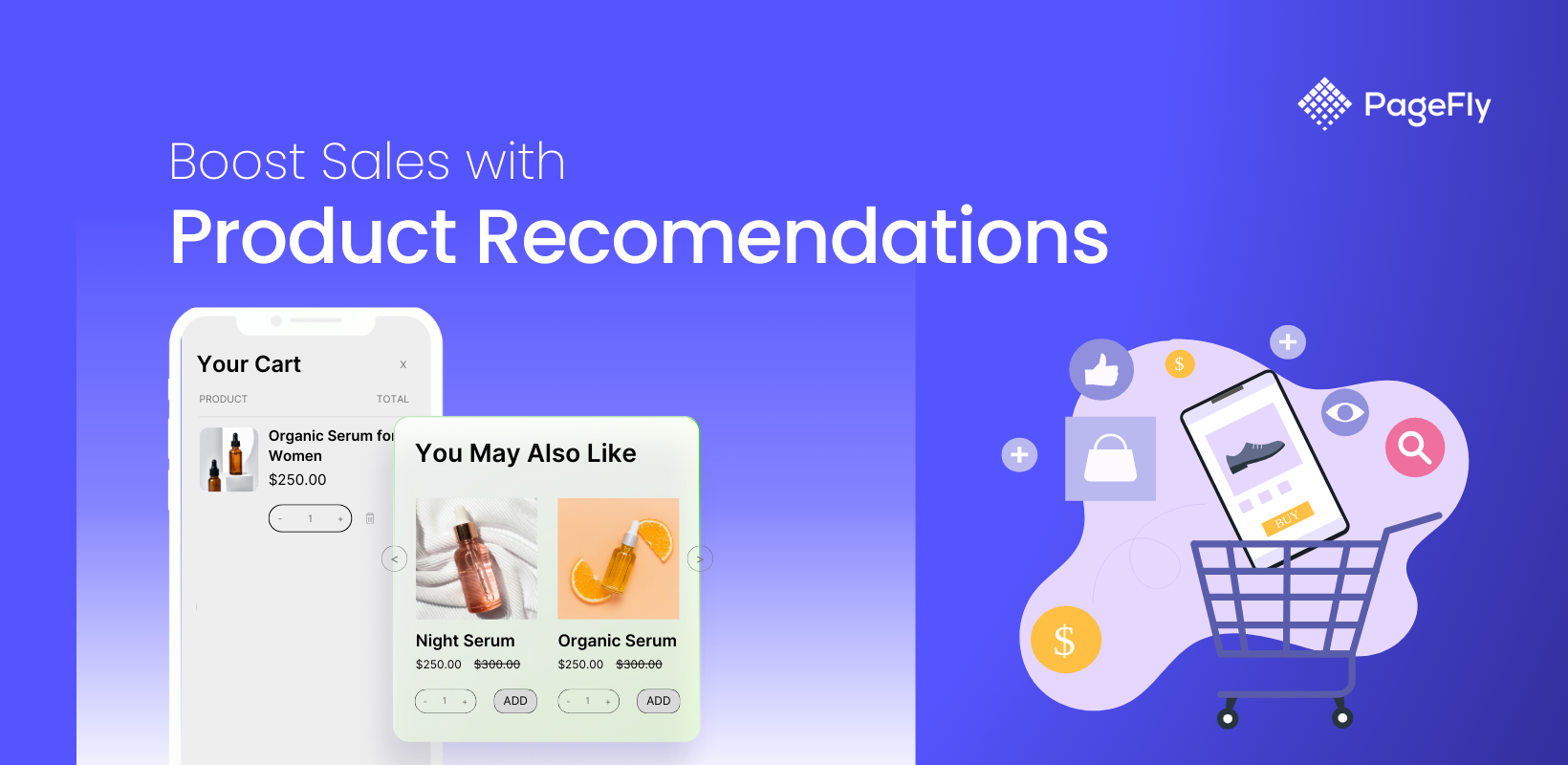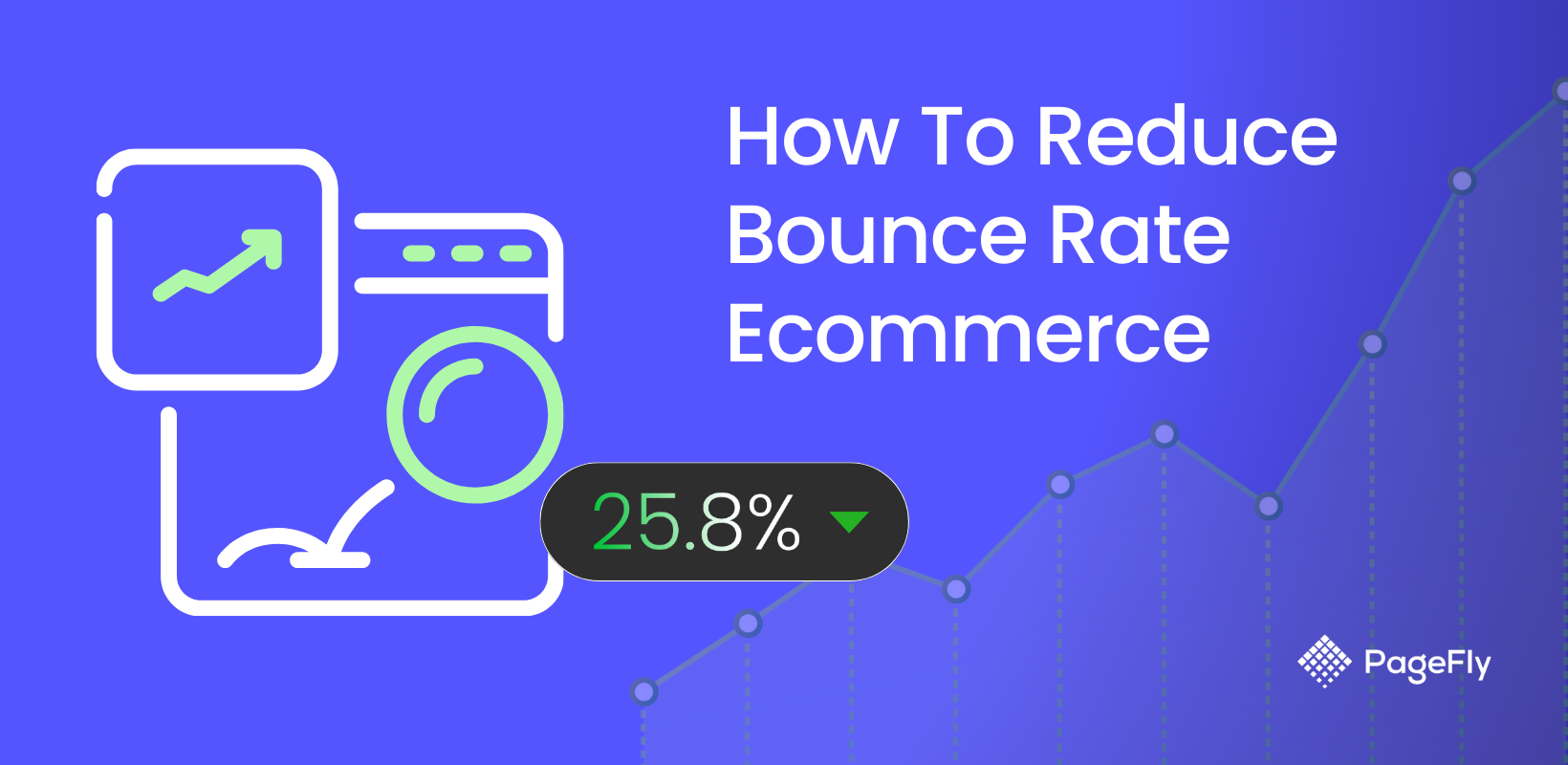Looking for how to increase organic traffic to your online store? You're not alone. Every day, thousands of online merchants search for sustainable ways to attract more visitors without relying on paid advertising. Organic traffic, the visitors who find your online store through unpaid search results, is crucial for sustainable business growth.
By implementing proven SEO strategies and creating valuable content, you can significantly increase organic traffic to your website.
Let's get practical and explore actionable tips that have helped successful merchants boost their organic traffic.
Understanding Keyword Research: Your Foundation for Growth
Keywords act as the foundation of your organic traffic strategy, serving as the bridge between what your customers are searching for and your online store's content. For online merchants, understanding keyword importance goes beyond just knowing popular search terms. It's about recognizing how your customers search and what language they use when looking for products like yours.
For instance, a customer might search for "affordable handmade jewelry" rather than just "jewelry store," and this distinction can make all the difference in your visibility. According to recent studies, pages that effectively target specific keywords are 45% more likely to appear in relevant search results (source: aioseo.com).
Essential Keyword Research Tools
To increase website traffic organically, you can leverage these powerful research tools:

Based on the information in the comparison table, you can easily choose the tool that best fits your needs. Here's a quick decision guide for you:
- Select Google Keyword Planner if you need accurate search volumes and seasonal trends for basic keyword research.
- Implement Google Search Console when you require real performance data and click-through rate insights for your existing website.
- Invest in Ahrefs if you need comprehensive competitor research and content gap analysis for advanced SEO strategies.
Strategic Keyword Selection for Maximum Traffic
Once you've chosen your preferred keyword research tool, it's time to explore powerful keyword selection strategies that can drive substantial growth in your organic traffic.
- Long-Tail Keywords that attract traffic are specific phrases that contain 4 or more words and demonstrate clear search intent. You can target phrases like "best organic coffee beans for espresso" instead of just "coffee beans". These specific terms may have lower search volume but often convert better because they match exactly what users are looking for.
- Questions People Ask in Searchesforms the second category, capturing users who are seeking specific information or solutions. For example, optimize for queries like "how to choose the right yoga mat size" to capture informational traffic. These questions often represent users in the research phase who are more likely to engage with detailed, informative content.
- Keywords Related to Specific Locations are particularly valuable for businesses with physical locations or those serving specific geographic areas. Rather than competing for broad terms like "pizza delivery," you'll incorporate geographic modifiers such as "24-hour pizza delivery in Brooklyn Heights". By utilizing Google Keyword Planner, you can uncover keywords that strike a balance between high search volume and manageable competition.
To implement these strategies effectively, you may consider:
- Create a content calendar that combines long-tail keywords, customer questions, and location terms for each product category.
- Develop comprehensive content like buying guides, FAQs, and location pages that naturally incorporate these keywords while providing value.
- Monitor performance through Google Search Console and regularly update content to match evolving search trends.
By prioritizing these strategies, you can improve your website's search engine rankings, increase organic traffic, and ultimately boost your online visibility and drive more leads and sales.

Creating High-Quality Content to Increase Organic Traffic
Content is king in the world of SEO, and creating high-quality, engaging content is essential for driving organic traffic to your online store.
Understanding User Intent
Before writing any content, ask yourself: "What problem is my reader trying to solve?". Content that addresses specific pain points naturally attracts more organic traffic. A case study from Backlinko reveals that focusing on user intent led to a blog post's organic traffic skyrocketing by 652% within just seven days. When identifying user intent, pay attention to the following factors:

Source: sagipl.com
- Conduct a Search Query: This initial step reveals what users are actively searching for and how they phrase their needs, giving us direct insight into their intent.
- Seeing the SERPs: Analyzing search results helps us understand which content types and formats SERPs consider most relevant for specific queries, allowing us to better align our content strategy.
- Clicking Time: Shows which search results users find most appealing, indicating what title and description combinations best match their intent.
- Viewing The Page: Measures if the content actually satisfies the user's need, helping us understand if we're truly meeting the search intent.
Understanding these four factors helps create a comprehensive approach to user intent research. By analyzing these factors, you can better optimize your content to meet their needs and improve your search visibility.
Types of Content That Drive Traffic
Creating high-quality content that increases organic traffic requires a thoughtful approach to format and presentation. You can diversify your content strategy with:
- Creating Shareable Blog Content: Develop valuable content that solves your audience's problems. For instance, focus on crafting guides or blogs tailored to enhance the Shopify conversion rate by addressing customer concerns and highlighting the unique benefits of your products. A kitchenware store, for example, could publish "Complete Guide to Knife Care" or "Kitchen Organization Tips" to engage its audience effectively.
- Video Marketing for Enhanced Engagement: Leverage video content through product demos, tutorials, and behind-the-scenes looks. Video marketing can increase conversions by as much as 80% (source: Nexcess), making them essential for driving engagement and sales.
- Refreshing and Updating Old Content: Don't neglect your existing content. Regularly audit and revamp outdated pages to ensure they remain relevant and valuable to your audience. Instead of creating standalone videos, develop content that complements your blog. This practice can help maintain and even improve your search rankings over time.
To maximize the effectiveness of the various types of content you create, it's essential to incorporate key elements of high-quality content that resonate with your audience and enhance engagement.

On-Page SEO Strategies to Boost Organic Traffic
On-page SEO remains crucial for increasing organic traffic. One eCommerce SEO case study reported that on-page SEO contributed to a 404%+ increase in organic search traffic.

Title Tag and Header Optimization
To increase organic traffic, start with properly structured title tags and headers. Each page should have a unique title tag that includes your target keyword within 60 characters (source: monsterinsights).For instance, when optimizing product category pages, use clear and concise titles like "Sustainable Products" or "Eco-Friendly Home Essentials". For blog content supporting these categories, you can use longer formats like "Complete Guide to Sustainable Shopping [2025]" or "Top Eco-Friendly Products: Expert Buying Guide". Structure your content with clear heading 2, and heading 3 tags to help search engines understand your content hierarchy and boost organic visibility.
Strategic Internal Linking
Internal links are clickable connections between pages within the same website domain. These connections can be from one blog post to another, or from blog posts to product pages. Strategic internal linking can serve multiple purposes::
- Navigation Enhancement: Help users find related content easily, like linking coffee brewing guides to coffee maker products.
- Search Engine Understanding: According to Ahrefs, pages with strong internal linking typically rank higher in search results.
- Value Distribution: Links from high-authority pages help distribute page authority throughout your site, improving overall site visibility and ranking potential.
Image Optimization
Use descriptive, keyword-rich file names instead of generic ones like "IMG001.jpg" – for example, "vintage-silver-pendant-necklace.jpg." Include relevant alt text that naturally incorporates keywords while accurately describing the image, making your site more accessible and SEO-friendly. Additionally, improving image optimization is a critical step when considering how to improve website performance, as faster-loading pages contribute to better user experiences and higher search engine rankings.

Leveraging Social Media for Organic Growth
While social media doesn't directly impact search rankings, it plays a crucial role in driving organic traffic. 65% of U.S. consumers say the link in a social media post led them to a product they weren't originally interested in purchasing (source: retailtouchpoints).
Leverage platforms like Instagram and Pinterest for visuals, and Facebook for community engagement. Implement SEO-optimized profiles, strategic hashtags, and trackable links with UTM parameters. Remember to test and create engaging, shareable content that encourages click-throughs while maintaining consistent branding across all platforms.
Furthermore, engaging with your audience is crucial for building a strong social media presence. Respond to comments, ask questions, and create conversations. This engagement can lead to increased brand loyalty and more organic traffic as your followers share your content with their networks.
Below is a ranking of the top social media platforms. Please carefully consider selecting the most suitable platforms based on your specific goals and target audience to create your traffic generation strategies.

Source: datareportal.com
Tracking and Improving Performance
Key Metrics and Tracking Tools
To ensure the success of your organic traffic strategies, it's essential to track your performance and make data-driven decisions. Here are essential metrics you should track:

Each type of metric provides specific insights into different aspects of your performance:
- Traffic metrics show if you're successfully attracting visitors
- Conversion metrics reveal if visitors are taking desired actions
- SEO metrics indicate your visibility in search results
- Engagement metrics show if your content meets user needs
By monitoring these numbers, you can identify what's working, what isn't, and where to focus your improvement efforts.
To effectively track and analyze these metrics, you'll need the right set of tools:
- Essential Tools: Use Google Analytics to track traffic, user behavior, and conversion data; use Google Search Console to monitor search performance and visibility
- Monitoring Schedule: Set up regular monitoring schedules – weekly for basic metrics and monthly for in-depth analysis
- Key Analysis Points: Look for patterns in user behavior, such as which pages keep visitors engaged longest and which entry points lead to the most conversions
This data becomes your roadmap for future optimization efforts.

Adapting Strategies Based on Data
Use your analytics data to make informed decisions about content strategy and site improvements. Incorporating CRO marketing principles, such as optimizing calls-to-action and testing different layouts can amplify these efforts. For example, a Shopify SEO case study from Go Fish Digital demonstrated a 3,800% ROI by leveraging data to enhance organic search visibility and increase organic traffic. Here are the key strategies that they employed:
- Keyword Research: Analyze Google Ads data to identify and target high-revenue keywords.
- Technical SEO: Schema structured data was used to improve search engine understanding of product pages, boosting their visibility for relevant searches.
- Data Measurement: Continuous tracking of organic traffic, rankings, and sales data was conducted to assess the effectiveness of the strategy.
These strategies led to achieving top rankings for 92 priority keywords, resulting in a 55% increase in organic traffic and a 368% rise in sales revenue, culminating in a remarkable 3,891% ROI.
To further increase organic traffic based on data analysis, consider these strategies:
- Content Performance Analysis: Identify your highest-performing content and analyze why it succeeds, whether it's the topic selection, content depth, or format. This can help you understand what resonates with your audience.
- Underperforming Page Review: Examine underperforming pages to spot improvement opportunities. If data shows users spending less time on certain pages, consider updating the content or enhancing its visual appeal to better engage visitors.
By focusing on both high-performing and underperforming content, you can create a more effective content strategy that drives even more organic traffic.
A/B Testing for SEO Enhancements
Conduct A/B testing between different versions of your pages to identify which performs best. You can test various elements, for example: meta descriptions, titles, images, calls-to-action, layout, design elements. For each element you test, monitor multiple performance indicators to get a complete understanding of user response:
- Click-through rates (CTR)
- Time on page
- Conversion rates
- Bounce rates
- User engagement patterns
Use these insights to implement the best-performing versions and apply learned strategies to future optimizations across your website.
Regular A/B testing helps you make data-driven decisions rather than relying on assumptions. By systematically testing and measuring different elements, you can continuously improve your website's performance and user experience
Common Mistakes to Avoid
As you work on increasing your organic traffic, be aware of these common pitfalls:
- Over-Optimizing with Keywords: While keywords are important, stuffing your content with too many keywords can harm your rankings and turn off readers. Focus on creating natural, high-quality content that incorporates keywords organically.
- Ignoring Mobile and Technical SEO: In March 2024, Statista reported that Google handled 95% of mobile searches in the United States, reaching nearly 59% of mobile users. This highlights the importance of ensuring your online store is mobile-friendly. Additionally, don't neglect technical SEO aspects such as site speed, XML sitemaps, and proper URL structure.
- Failing to Audit and Update Content Regularly: SEO is not a one-time effort. Regularly review and update your content to ensure it remains accurate, relevant, and valuable to your audience.
Moving Forward: Your Action Plan
By implementing these strategies and avoiding common mistakes, Shopify merchants can significantly increase their organic traffic, leading to sustainable growth and success in the competitive ecommerce landscape.
Remember, increasing organic traffic is a marathon, not a sprint. Focus on creating value for your visitors, and the traffic will follow. By implementing these strategies consistently and monitoring your results, you'll be well on your way to sustainable organic growth.
Take action today by starting with one aspect of this guide – whether it's keyword research or content creation – and build from there. Your future customers are searching for you; make sure they can find you.




